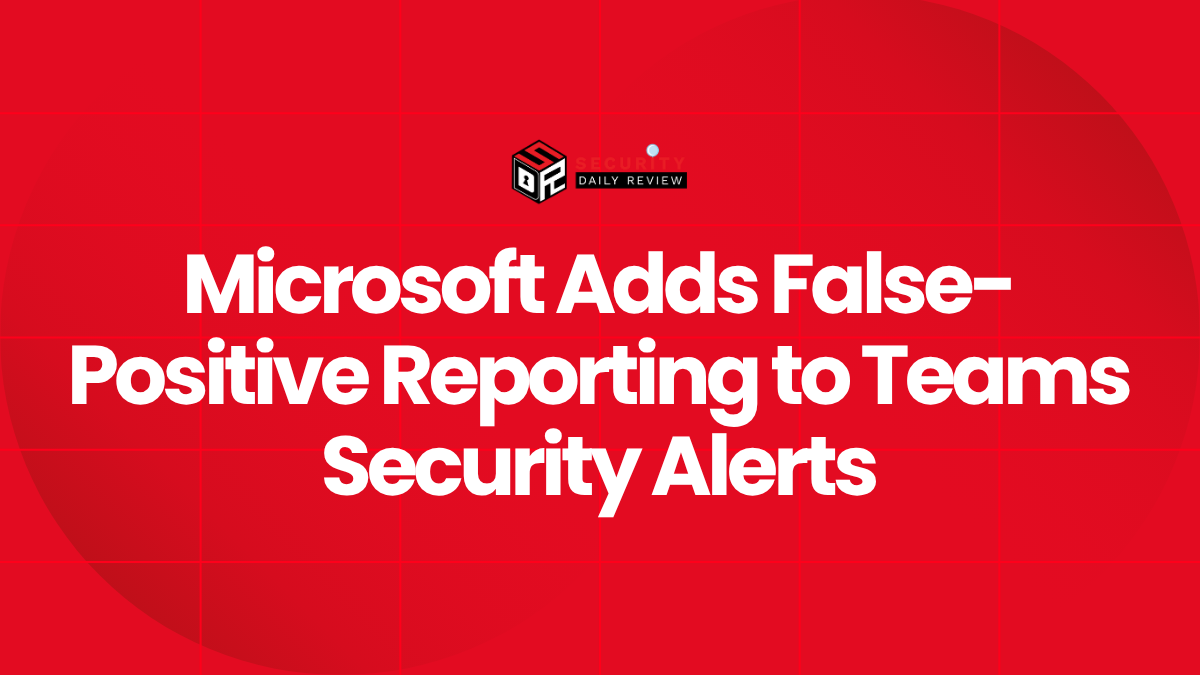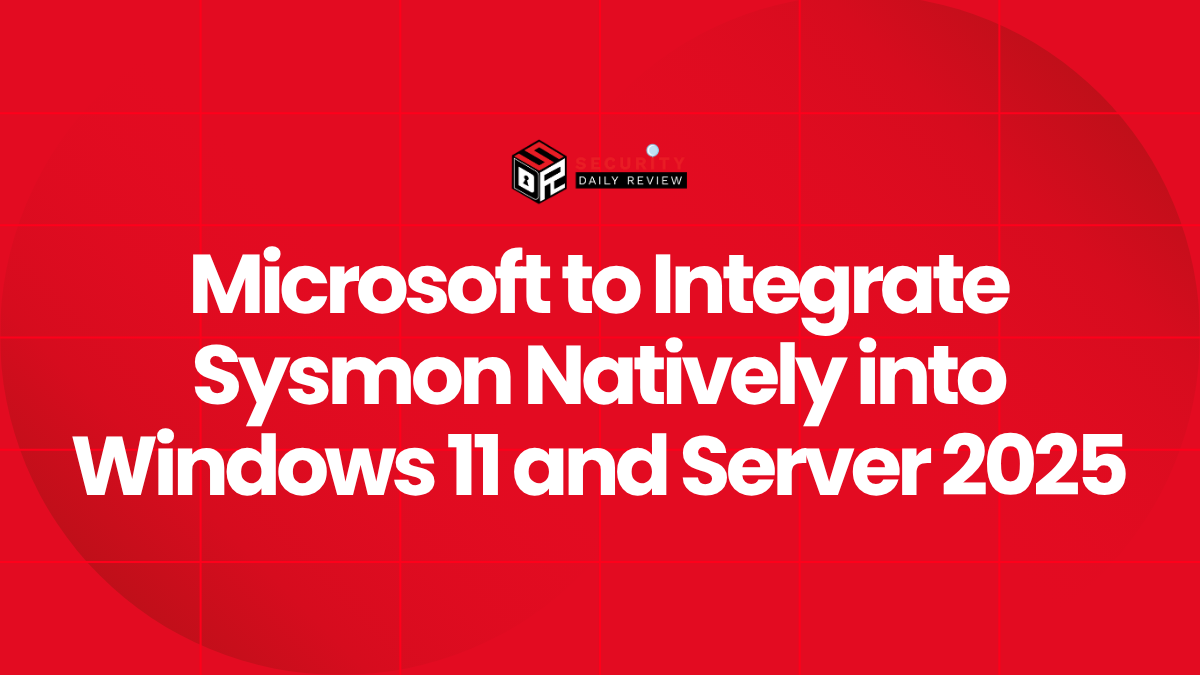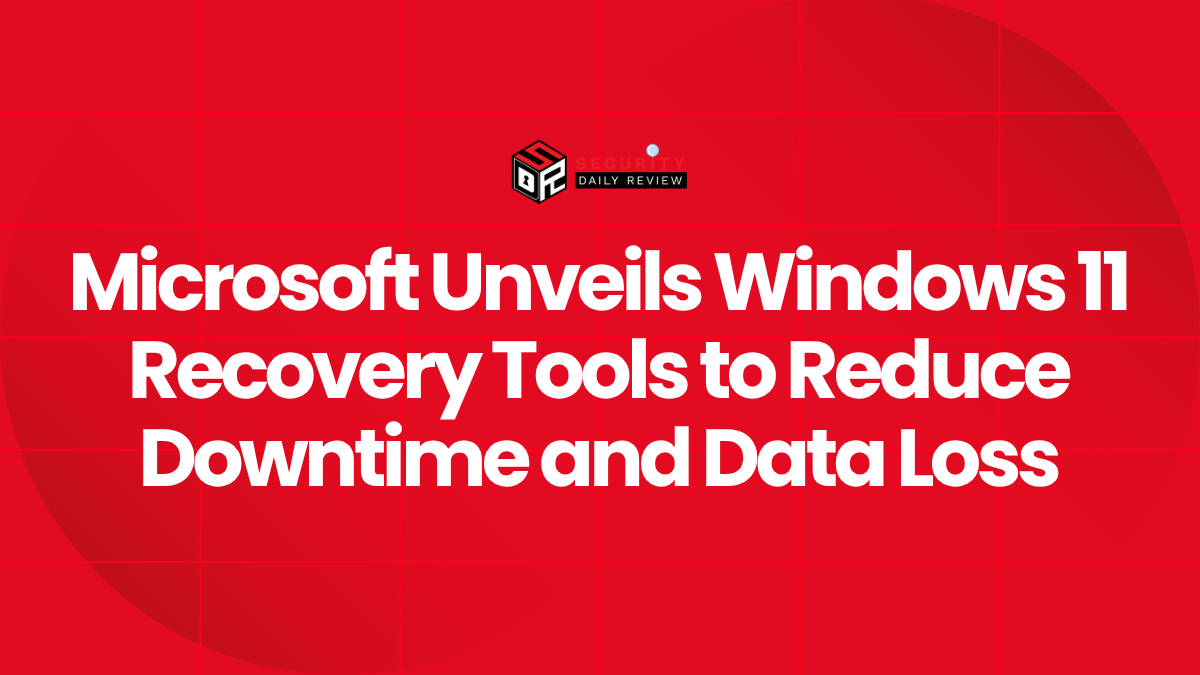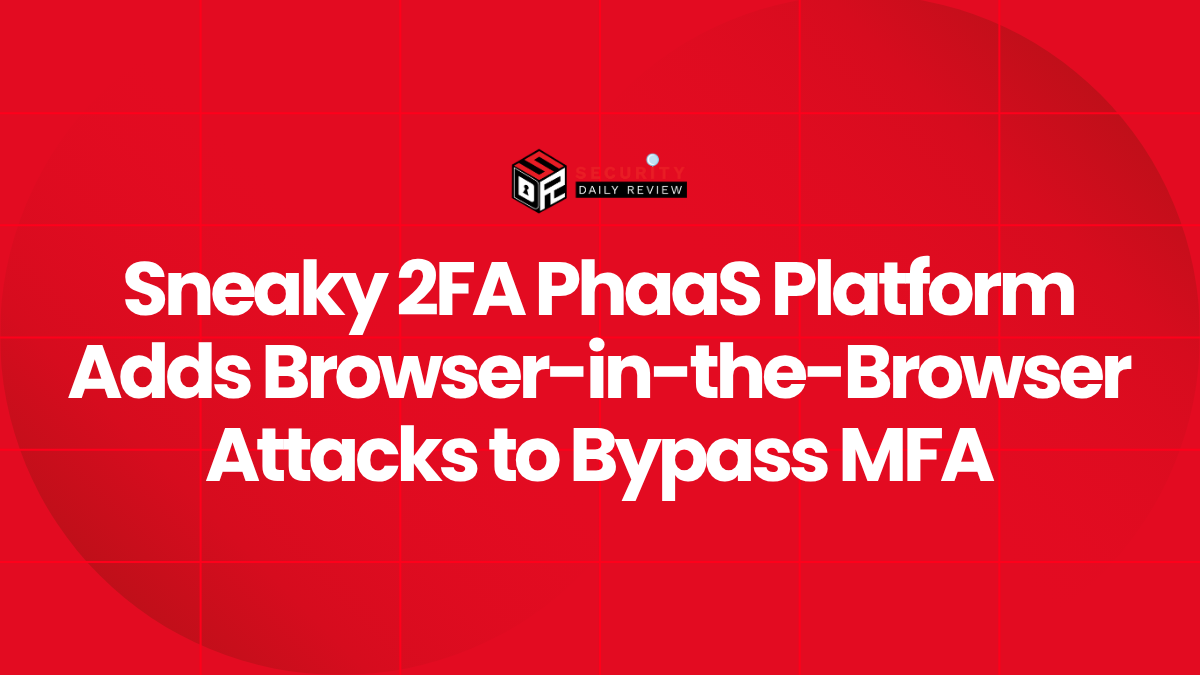A trove of over 200,000 compromised credentials tied to New Zealand government agencies, healthcare providers, and financial institutions has surfaced on the dark web, according to research by cybersecurity firm nWebbed Intelligence. The revelation has triggered alarm across critical sectors that millions of New Zealanders rely on, exposing long-standing vulnerabilities in the nation’s public and private cybersecurity posture.
Government, Health, and Banking Sectors Affected by Dark Web Leaks
The breach involves real credentials across multiple high-risk sectors.The leaked credentials include email and password combinations tied to:
- Over 18,000 employees across New Zealand government departments
- Around 3,200 personnel from local banks and financial institutions
- Nearly 2,000 staff from healthcare organizations
These accounts provide access to significant internal systems, sensitive personal data, and business-critical operations. Julian Wendt, founder of nWebbed Intelligence, underscored the gravity of the exposure:
“These are trusted institutions that Kiwis interact with every day, and they are real emails and passwords sitting in the wild.”
The findings stem from comprehensive analysis of cybercrime marketplaces and leaked data repositories on the dark web. The credentials, in many cases, remain active and exploitable if organizations have not performed resets or forced multifactor reauthentication.
Soft Targets Fuel International Threat Pipelines
nWebbed’s report paints a stark picture of threat actor behavior: New Zealand organizations, often with modest cybersecurity budgets, are considered low-hanging fruit. Breaches of these “soft targets” can serve as footholds into larger, internationally connected systems. Once credentials appear online:
- Threat actors can act within minutes, automating access attempts.
- Credentials often persist long after the original breach.
- Attackers use these credentials to escalate privilege or pivot into partner networks.
This tactic has broad implications for both national security and international supply chain integrity.
Lax Third-Party Data Protections Undermine Healthcare Cybersecurity
Back-end data sharing practices in the health sector were flagged months before the breach came to light.Earlier in 2025, the Public Service Commission concluded a damning inquiry into data security practices at New Zealand’s Ministry of Health and Te Whatu Ora, the national health service. The investigation focused on third-party data handling, revealing:
- No systematic enforcement of Data Sharing Agreement (DSA) obligations
- Insecure back-end systems used by external service providers
- Inadequate oversight mechanisms for verifying contractual cybersecurity requirements
This lack of control created blind spots in the data supply chain, potentially allowing sensitive health information to leak during transfers to or from third-party services. The report did not conclusively link these vulnerabilities to the dark web exposure, but it underscored long-standing structural issues in health sector cybersecurity that remain unresolved.
Recent Breaches Highlight Broader Pattern of Risk
The newly discovered credential exposure follows a series of security incidents:
- Te Whatu Ora Staff Data Breach (October 2024):
Health New Zealand confirmed that a malicious actor accessed and downloaded sensitive information, including medical assessments and internal health correspondence for staff in the lower North Island. Though Health NZ stated there’s “no evidence” the data was further circulated, law enforcement investigations are ongoing, and criminal charges are expected.
- Mercury IT Supply Chain Attack (December 2022):
A ransomware event targeting IT provider Mercury IT compromised 14,500 coronial files, 4,000 post-mortem reports, and sensitive information from bereavement and cardiovascular registries. The attack disrupted Te Whatu Ora, the Ministry of Justice, and other agencies that had entrusted Mercury IT with sensitive data.These incidents point to a chronic and systemic weakness in how New Zealand organizations, both public and private, manage credentials, data sharing, and third-party risk.
Incident Volume and Credential Harvesting Continue to Climb
Phishing and credential theft lead the charge in rising digital threats.The National Cyber Security Centre (NCSC) logged 1,369 cybersecurity incidents in the first quarter of 2025. Notably, phishing and credential harvesting incidents rose by 15% compared to the previous quarter.These tactics are especially dangerous given the ease with which stolen credentials can be monetized or used to breach additional systems. Organizations may terminate an account or change a password post-breach but fail to recognize that compromised information can linger on the dark web indefinitely, remaining ripe for misuse in future attacks.
Key Takeaways for Security Leaders
The exposure of over 200,000 sensitive credentials across New Zealand raises crucial questions about accountability, risk management, and digital safeguards across government, healthcare, and financial sectors. CISOs and IT leaders in New Zealand and globally should take the following actions:
- Audit Credential Hygiene: Conduct organization-wide resets of exposed passwords, enforce password complexity, and mandate multi-factor authentication (MFA) where it’s not already deployed.
- Monitor the Dark Web: Use threat intelligence platforms to proactively monitor for leaked credentials tied to corporate domains.
- Strengthen DSA Governance: For agencies handling public or health data, institute formalized auditing and enforcement of Data Sharing Agreements with third-party providers.
- Reassess Supply Chain Security: Apply zero-trust principles to third-party access and conduct penetration testing or red-teaming exercises to identify supply chain vulnerabilities.
The breach may be a wake-up call, but its lessons are broadly applicable well beyond New Zealand’s borders. With trust and critical infrastructure on the line, timely remediation and structural reform are not just tactical responses—they’re national imperatives.









